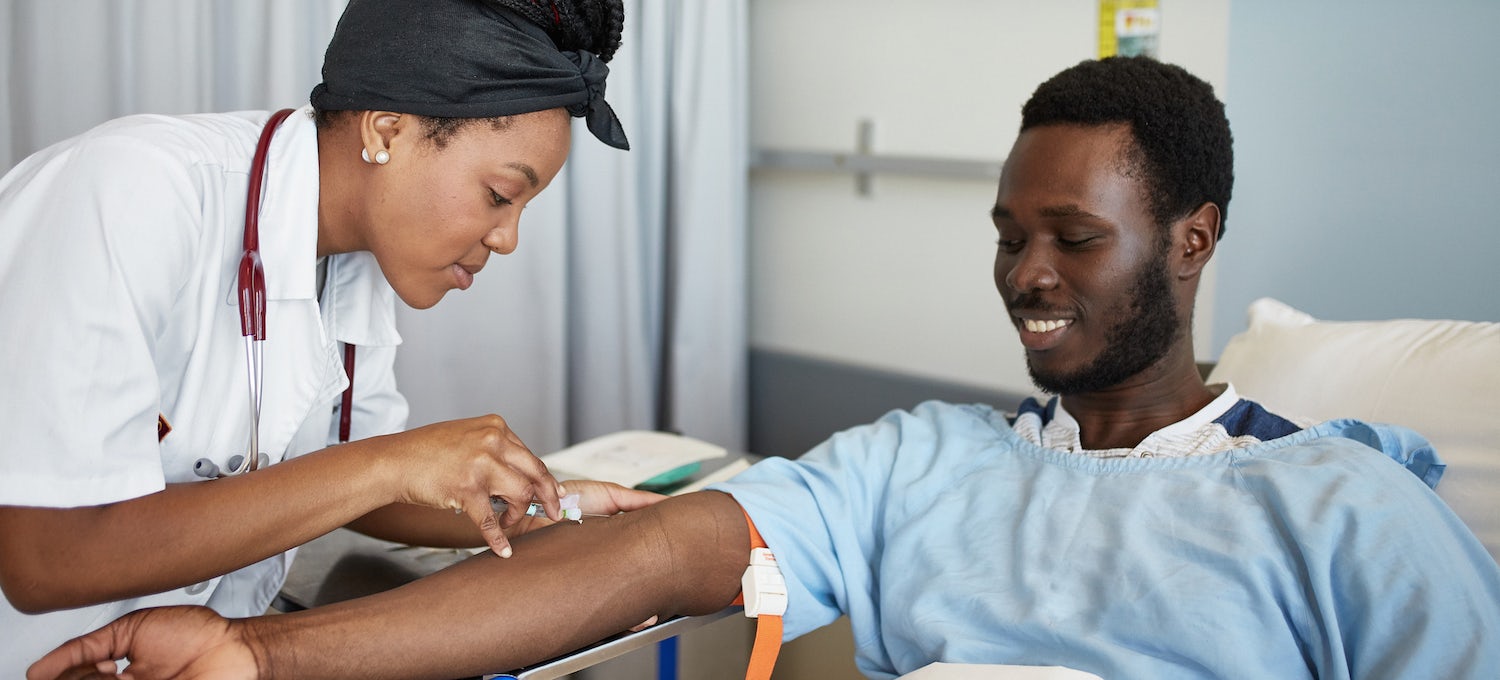A Phlebotomist is a medical professional responsible for drawing blood from patients for various lab tests and procedures. Phlebotomy is the surgical opening or puncture of a vein in order to withdraw blood or introduce a fluid to the blood stream.
Phlebotomist Job Duties
Phlebotomists work with patients ranging in age from infant to elderly, therefore have several job duties including:
- Verifying test requisitions by comparing information with the nursing log
- Obtaining blood specimens through fingersticks and venipuncture
- Verifying patient identity by checking the patient’s identification
- Monitoring glucose levels by performing bedside tests and recording the results in the patient’s chart
- Determining the proper method for drawing blood based on a patient’s circumstances
- Taking all specimens to the laboratory
- Following standards and procedures for maintaining a safe, secure, and healthy work environment
Where do Phlebotomists Work?
Phlebotomists generally work in hospitals, blood banks, prisons, pharmaceutical labs, physicians’ offices, hospices, research clinics, and home healthcare agencies.
If your searching for most current available Phlebotomist jobs, check almost any medical related job board. If a job board is not helping, consider a specialized recruitment agency that assists Phlebotomists.
Education, Becoming a Phlebotomist
To become a phlebotomist one must successfully complete a phlebotomy training program. Typically most programs range in length from two months to one year. Programs are found at community colleges and technical schools, and courses will include Legal Aspects of Blood Collection, Phlebotomy Medical Terminology, Patient Interaction Principles, Human Anatomy, Safety and Sanitation Procedures, CPR, and Blood Collection Techniques.
Employers will require that you attend an accredited educational program and its also a requirement for certification exams. The accrediting body for Phlebotomy programs is the National Accrediting Agency for Clinical Laboratory Sciences.
Students, under the supervision of another practicing Phlebotomist, are required to participate in Clinical training. In fact, students will get to explain procedures to patients, draw blood, and label and store specimens.
Phlebotomist Certification
Some states require phlebotomists to become certified, however in other states its optional. Phlebotomists have several options to become certified, therefore it’s very important to check each states requirements.
There are several certifying organizations and they include: the American Medical Technologist (AMT), the American Certifying Agency (ACA), the American Society of Clinical Pathology (ASCP), the National Credentialing Agency for Laboratory Personnel (NCA), the National Center for Competency Testing (NCCT), and the National Healthcareer Association (NHA).
